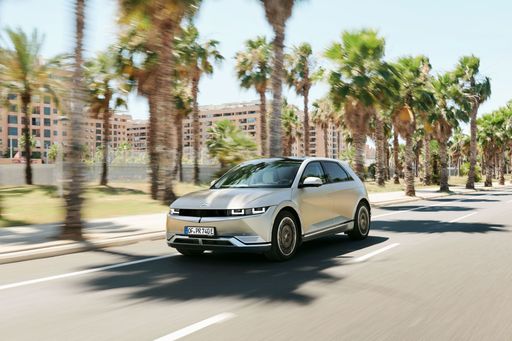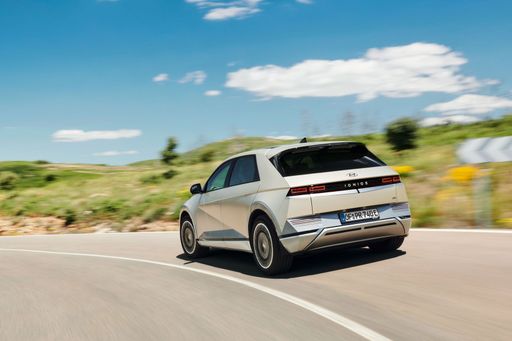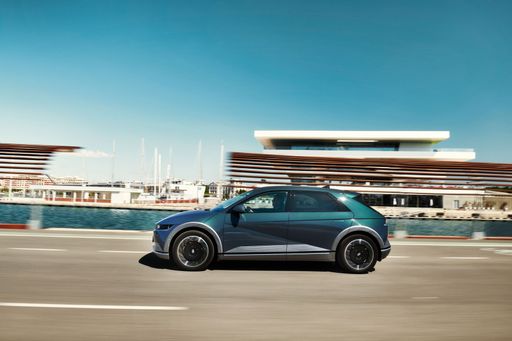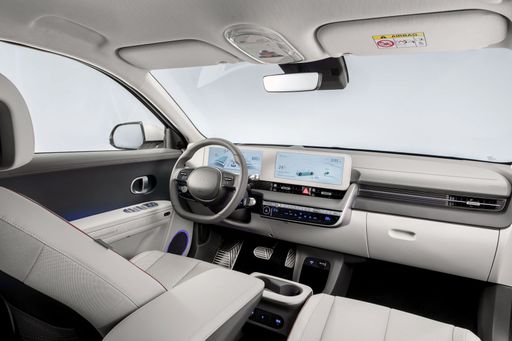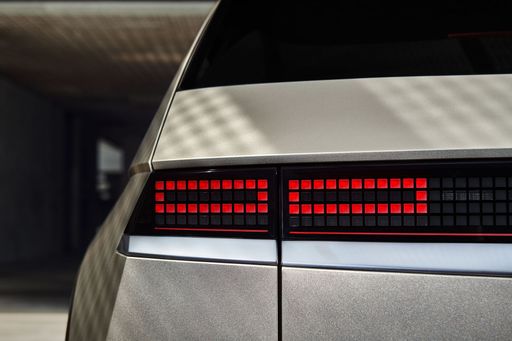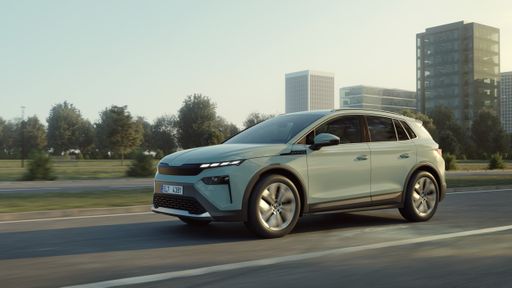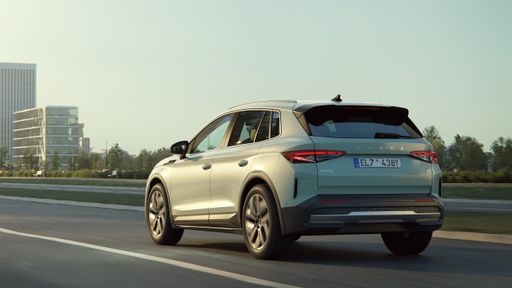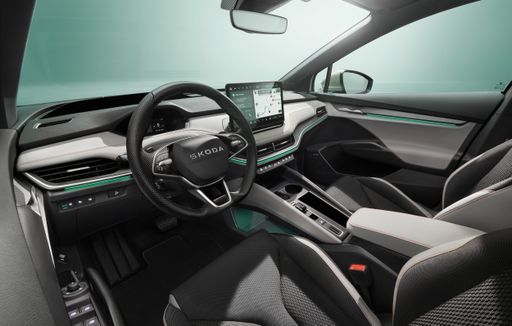Hyundai IONIQ 5 vs Skoda Elroq: A Comprehensive Comparison
The electric vehicle (EV) market continues to expand rapidly, with numerous manufacturers introducing innovative models tailored to meet the growing demand for sustainable transportation. Among these contenders, the Hyundai IONIQ 5 and Skoda Elroq stand out in the SUV segment, presenting unique features and technical specifications that cater to varying consumer needs. This article delves into a detailed comparison of these two remarkable vehicles.

